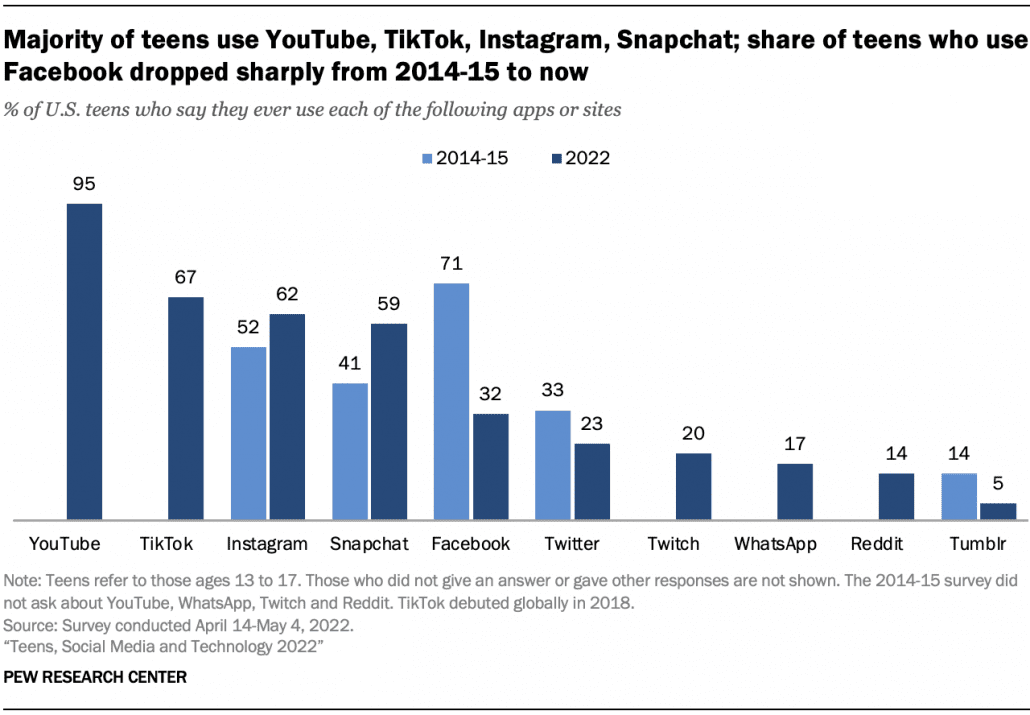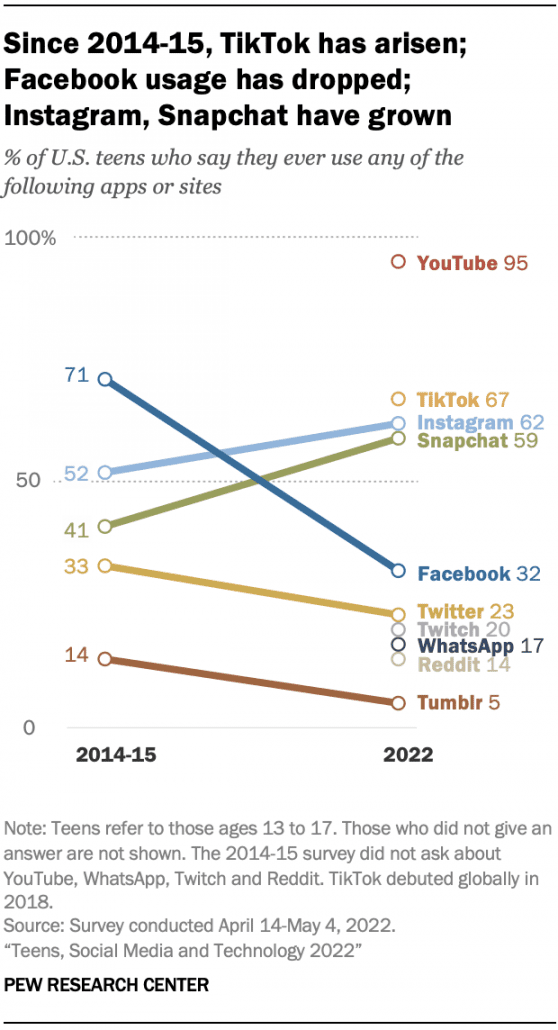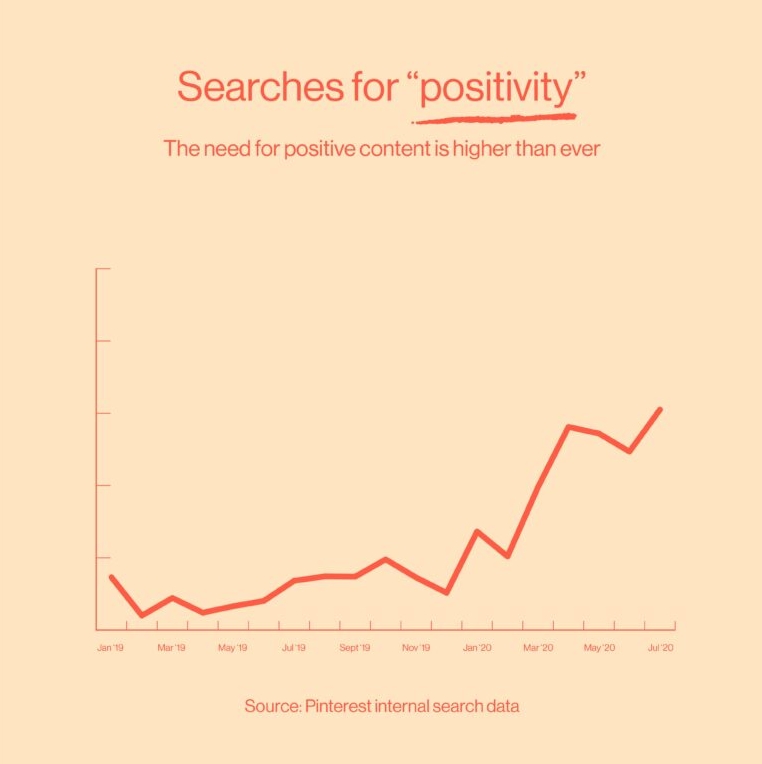A recent internal presentation obtained by The New York Times suggests that advertisers continue to flee Twitter despite controversial owner Elon Musk passing the CEO position to Linda Yaccarino.
Although Musk has publicly claimed that “almost all advertisers have returned,” The Times’ data indicates that advertising revenue has declined 59% year on year.
The report also notes that the company has repeatedly failed to meet weekly sales goals by up to 30%, suggesting that efforts to slow the loss of advertisers and bring brands back to the platform have been ineffective.
Why Are Advertisers Leaving Twitter?
Since taking over the platform, Elon Musk has reduced content moderation and removed restrictions protecting vulnerable communities such as LGBTQ+ individuals from hate speech.
This has led to a surge of hate speech, extremist content, and explicit content across the platform which has in turn made advertisers wary. Many are uncomfortable with the potential for their ads to be shown alongside objectionable content.
Additionally, the advertisers which have been brought in during Musk’s time have overwhelmingly included adult-oriented advertisers such as online gambling and marijuana brands.
The fallout has led many major brands, including General Motors and Volkswagen, to fully suspend advertising on Twitter.
Making matters worse for the company, those who are continuing to advertise on the platform are cutting spending and avoiding the more expensive advertising options. Insiders at the company have stated that high-value placements like banner ads on Twitter’s trends page are often going unsold while major advertisers, including Apple and Disney, have significantly reduced their advertising compared to past years.
Is Twitter Doomed?
Twitter is losing up to 56% of its ad revenue each week compared to the previous year. The biggest question is whether new CEO Linda Yaccarino can turn this trend around.
While Yaccarino is less controversial than Musk, advertisers may still be concerned that Musk owns and is still involved with the inner workings of Twitter. Additionally, it is unclear whether Yaccarino intends to increase moderation or will continue Musk’s laissez-faire trend which has contributed to the toxi




 At midnight tonight the world is stepping into the New Year and social media is already buzzing with excitement. As the hour approaches in every time zone, Twitter, Facebook and Instagram will all be filled with updates from parties and celebrations from around the world. It is an appropriate way to ring in a new year that will almost certainly continue the global domination of social media.
At midnight tonight the world is stepping into the New Year and social media is already buzzing with excitement. As the hour approaches in every time zone, Twitter, Facebook and Instagram will all be filled with updates from parties and celebrations from around the world. It is an appropriate way to ring in a new year that will almost certainly continue the global domination of social media.

